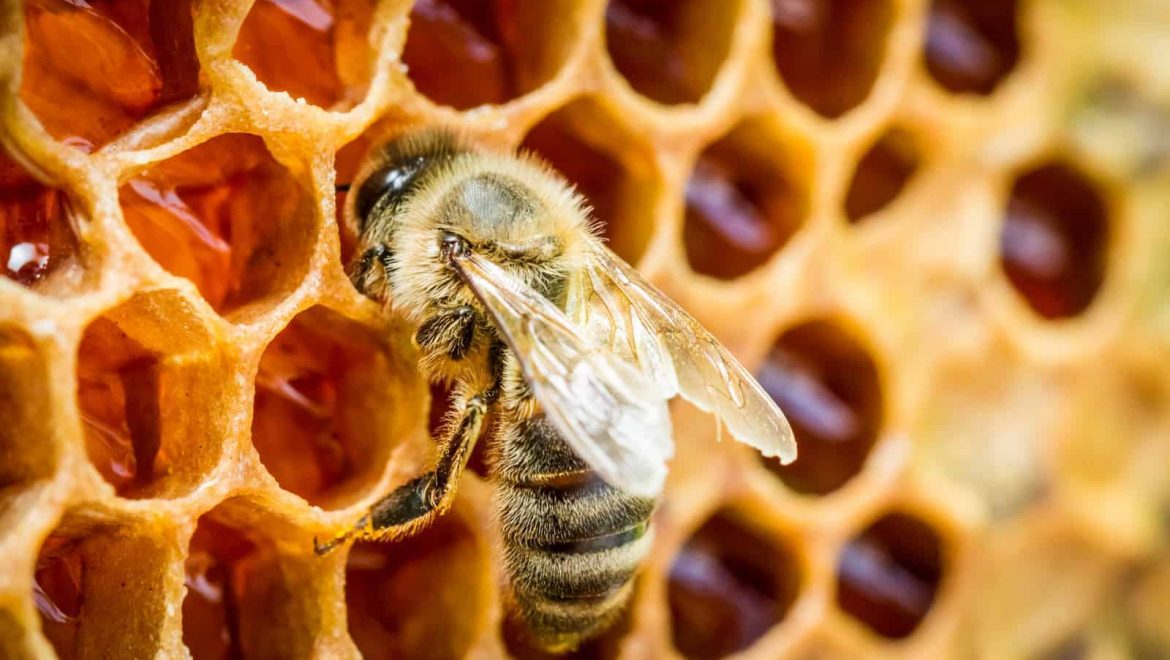
Malta has been known for its remarkable honey since ancient times, and it’s believed that the Phoenicians first introduced the practice to the island. Speculation exists that the name Malta even evolved from names given to it thousands of years ago. The ancient Greeks referred to the island as Melite, translating to ‘honey sweet’. During the Roman period, that morphed into Melita. Remarkably, apiaries dating to the Punic times, cut out of living rock, still exist near Xemxija.
Types of Honey
Honey is a mix of sugars (most of which are the simple sugars glucose and fructose), water and complex compounds like vitamins, enzymes and pollen. The compounds of honey give its flavour, some health benefits and unique character.
A bee makes honey by foraging for nectar from flowers. It stores it in its honey stomach or crop while flying back to the hive. At the hive it regurgitates the nectar into the crop of a processor bee.
The processor bee takes the honey into the hive’s interior. Then it finds one honeycomb cell from thousands to fill up. To the nectar, the bee adds an enzyme called invertase that helps mature the nectar into honey. The water in the nectar needs to be reduced. So the bees help evaporation by fanning their wings over the nectar to dry it.
There are three types of Maltese honey. Maltese beekeepers harvest the spring Multi-flora Honey in May, Wild Thyme Honey in July referred to as summer honey and autumn honey by the end of November from Carob & Eucalyptus. Different flowers bloom throughout the year, giving each honey a unique mix with distinct colour, taste and properties.
Maltese Queen Bee
Apis Mellifera Ruttneri is the endemic honey bee of the Maltese islands. This species evolved when the Maltese islands were isolated from mainland Europe, after the Mediterranean sea rose above the passage to Sicily. The Maltese honey bee is small in size and of a dark colour. When compared to the North African bee and the Sicilian bee it has shorter legs and wings. The wings are also much narrower. From all the bee races it has the widest abdomen. It has long hair on it’s abdomen. This bee is very adapted to the Maltese islands climate and environment.
It has a tendency of being very defensive and sometimes aggressive. It is also a very productive bee as it is observed working in strong windy days and during hot weather. During summer time when temperatures can get over 40 °C the bee tends to work early in the morning and in the afternoon till sunset while taking a short break during mid day.
Benefits of Honey
Strengthens immune system – Honey has countless medicinal properties that naturally help in curing a sore throat. Its antioxidants and bacteria-fighting assets also help against fighting infections that are caused by viruses, bacteria and fungi.
Nourishes your skin and face – Using Honey for skin is very useful because of its moisturizing and nourishing properties. Honey is the best natural moisturizer, especially for dry skin Many people also use honey masks for skin tone correction. Also being a natural antiseptic, it is useful for treatment of wounds, bruises, cuts, and burns.
Remedy for cough – Honey is known to be one of the best home remedies for dry cough. Drinking a teaspoon of honey with hot water and some lemon, can reduce irritation in the throat. Honey is the preferred natural remedy for cough, especially for kids, as it helps to relieve nocturnal cough, allowing proper sleep.
Uses of Honey in Food
Cheese – Cheese is inherently good by itself, but add a drizzle of honey, and the cheese gets elevated to another savory-sweet level.
Tea – Long a tradition around the world, teatime is a great time to relax. Whether you need to warm up or cool off—adding a drizzle of local honey to a hot mug of tea can soothe, heal, and revitalize
Honey based dressing – Whisk together honey with olive oil and apple cider vinegar. Using honey as the base for your salad dressing means that the dish will have a savory-meets-sweet taste that people will adore!
Marinade – Honey has long been a buddy to barbecues. It caramelizes beautifully, plus it’s a great flavor carrier-you can infuse it with anything, especially some pork ribs.
 It-Tokk, Independence Square, Victoria, Gozo | Ta’ Dbiegi Crafts Village, Gharb, Gozo
It-Tokk, Independence Square, Victoria, Gozo | Ta’ Dbiegi Crafts Village, Gharb, Gozo
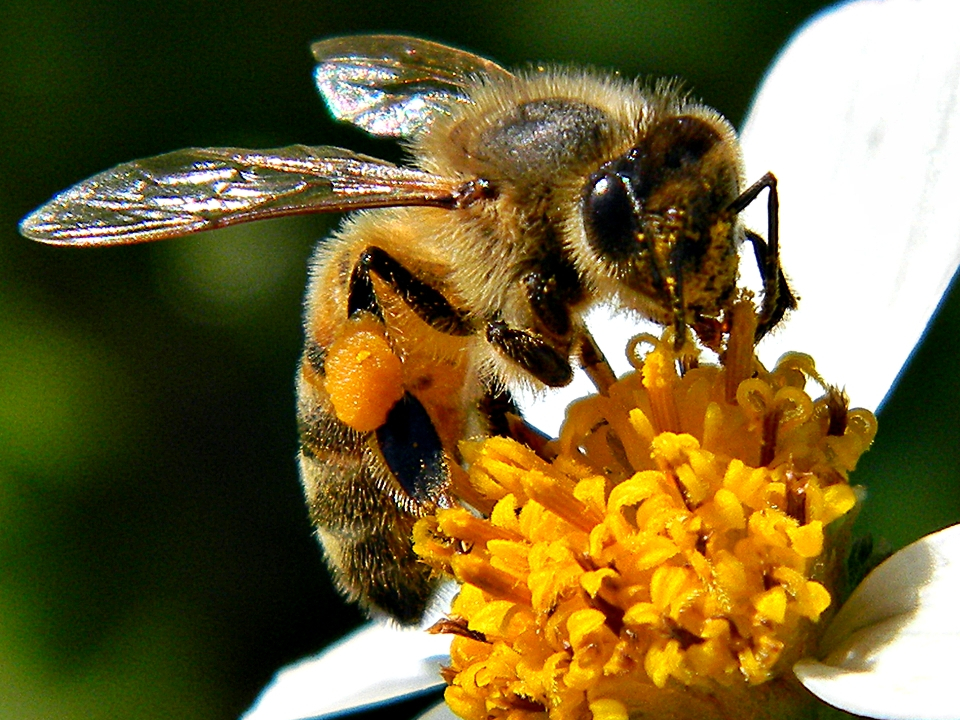
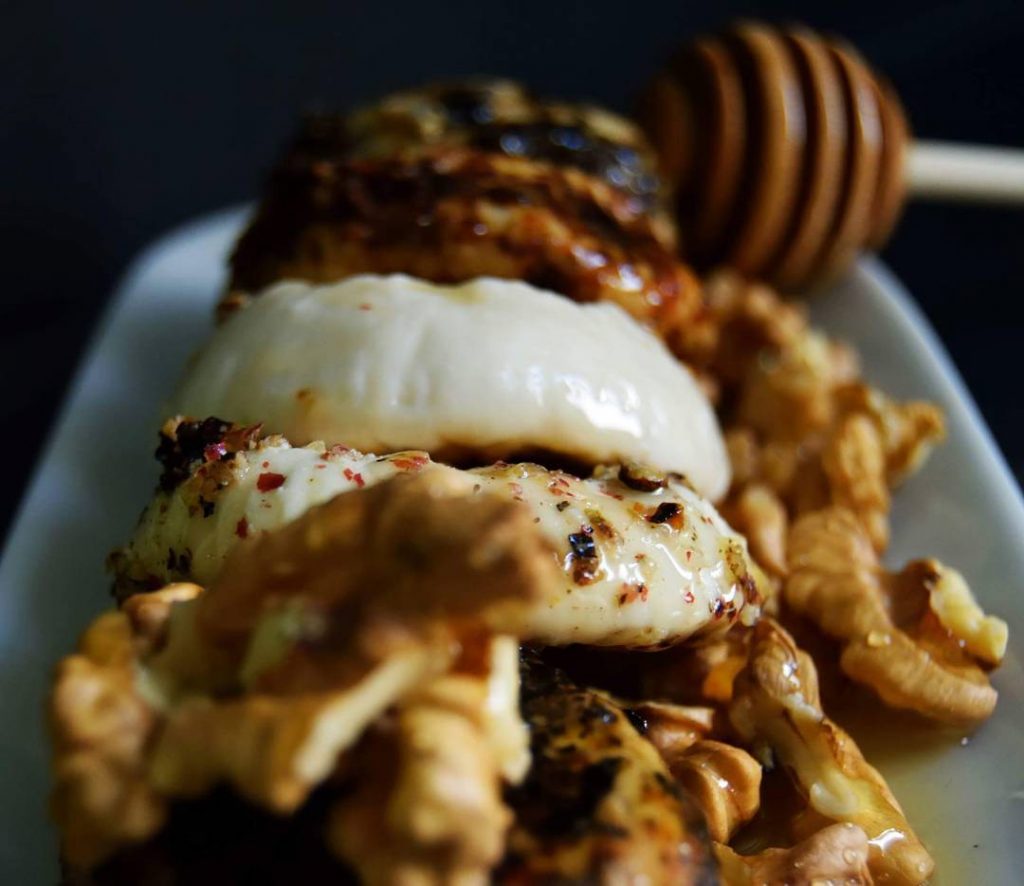
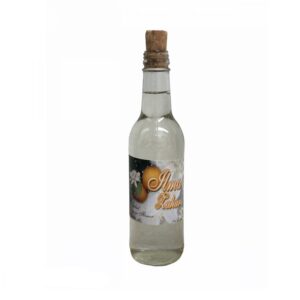
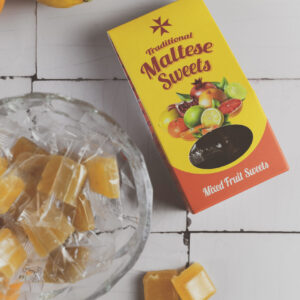
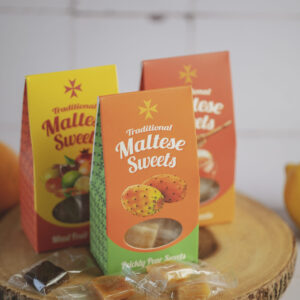
0 comments
Write a comment